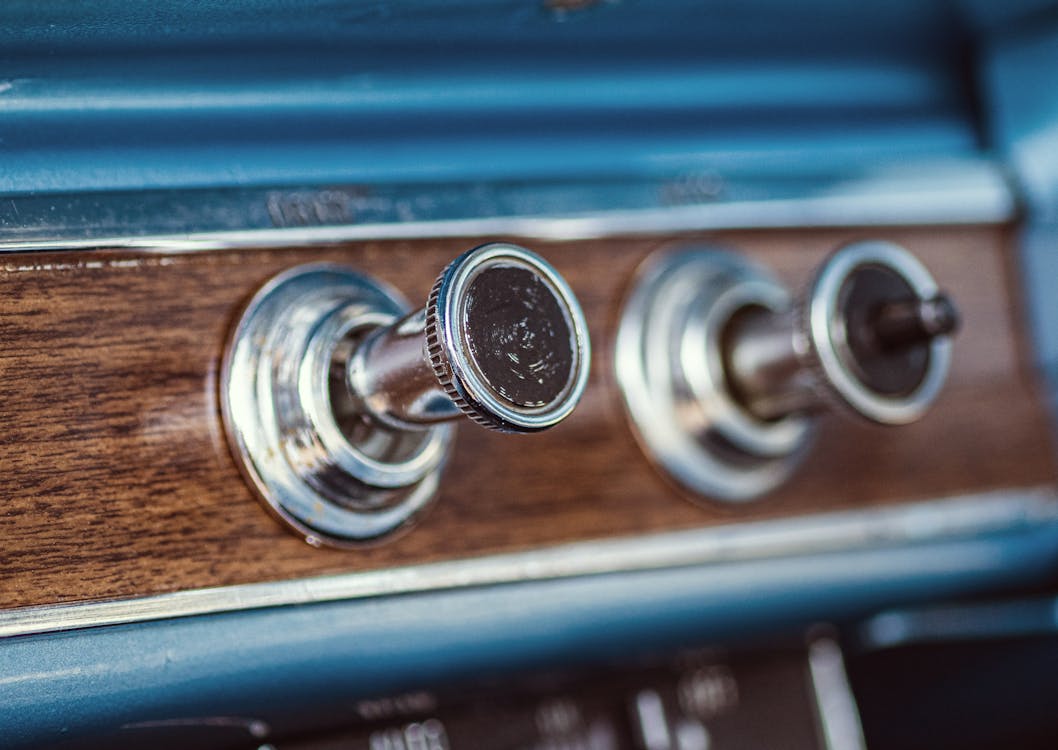
For the past decade, auto insides have actually been swiftly progressing toward streamlined, screen-dominated control panels. Touchscreens replaced conventional knobs, sliders, and buttons in what many assumed was the inescapable march of development. Yet, in an unanticipated twist, physical switches are silently making their back into modern-day automobiles. The shift signals greater than just a nostalgic nod-- it's a reaction to real-world feedback from drivers yearning simpleness, security, and responsive satisfaction.
The Digital Overload Dilemma
When touchscreens first began taking control of dashboards, they seemed like the future: tidy, personalized, and filled with functions. They got rid of mess and permitted car manufacturers to improve their insides with less physical components. But as more attributes were buried within electronic menus, motorists began to articulate worries.
Touchscreens typically require several steps to execute standard tasks like adjusting the environment or transforming the radio terminal. Unlike switches, they do not have the user-friendly muscle memory that allows a chauffeur to change a setup without taking their eyes off the roadway. With so much happening on-screen, it becomes all also very easy to obtain distracted-- something no one wants when taking a trip at freeway speeds.
The Return of Tactile Functionality
One of the biggest advantages of switches is their tactile responses. You can feel them without requiring to look. This sensory reinforcement makes them not simply hassle-free yet safer for drivers. When your hand instinctively knows where the volume knob is or just how far to press a switch to activate the defrost, it lowers the requirement to glance down or away from the roadway. And while touchscreens provide convenience for infotainment and navigation, the vital everyday features-- like threat lights, audio controls, and HVAC-- feel much better fit to physical controls.
Actually, several vehicle drivers who previously swore by electronic systems have actually expressed gratitude for newer designs that mix modern-day appearances with the practical feeling of traditional controls. It's not about denying innovation-- it's about improving use.
A Balanced Design Philosophy
Developers have actually noticed this changing view. As opposed to deserting screens, they're reassessing just how they're integrated. The very best insides now strike a balance between electronic convenience and analog precision. That indicates strategically placing switches for crucial features while using digital interfaces for apps, navigation, and media.
This hybrid technique is specifically prominent in cars designed for long-distance driving or family members. The convenience of pressing a switch without stumbling via a menu makes a large difference when you're trying to remain concentrated, comfortable, and risk-free. Also in vehicles understood for advanced tech, a basic rotating dial or responsive control can be the function that sways drivers trying to find thoughtful design.
Buttons and the Emotional Connection
There's also something uniquely emotional about switches. They bring a certain degree of interaction that touchscreens simply do not replicate. Pressing a button or transforming a dial feels like you're literally interacting with your vehicle-- it includes a layer of link that makes the driving experience extra delightful.
For those thinking about used Chevy cars, automobiles from recent years usually supply the very best of both globes: responsive touch interfaces paired with classic physical controls. These versions bridge the gap between technology and familiarity, making them excellent for vehicle drivers who appreciate modern attributes without sacrificing convenience of use.
Technology Isn't Just About Screens
It's simple to conflate innovation with screens, but real technology suggests improving the chauffeur experience. In this light, switches are a form of wise layout. They're fast, precise, and don't demand interest. As automotive design comes to be significantly driver-centric, benefit and intuition take center stage.
This likewise ties directly right into the resale and trade-in worth of automobiles. Autos that prioritize user-friendly attributes have a tendency to age much better in the eyes of future buyers. If you're thinking great site about a Chevrolet trade in, recognizing that your current automobile uses a thoughtfully made inside, full with easily obtainable controls, can have a positive impact.
The Future Is Functional
As automobile producers re-evaluate the duty of user interfaces in the cabin, they're directed by driver responses and real-world use research studies. The renewal of switches does not signal a go back to the past-- it's an advance in thoughtful, user-first design. It recognizes that progression doesn't always indicate getting rid of the old but integrating it in a manner that makes driving much safer, simpler, and extra satisfying.
If you're in the market and discovering Chevy new car deals, watch on exactly how various versions handle their indoor controls. It's not nearly the touchscreen dimension-- it's concerning how the lorry aids you remain concentrated on the roadway while making your everyday commute a lot more instinctive. Buttons could not be the flashiest function, yet they're rapidly turning into one of one of the most valued.
For even more insights into auto fads, interior decoration technologies, and clever car buying tips, be sure to inspect back regularly. We're always upgrading the blog with fresh concepts to aid you browse the roadway ahead.